Introduction
In a world where personal style and home aesthetics express more than just taste, the debate between minimalism and maximalism continues to grow. Both design philosophies offer unique ways to reflect identity, values, and lifestyle preferences. But how do you know which one truly resonates with you? Whether you lean toward the serene simplicity of minimalism or the bold abundance of maximalism, understanding these styles can guide you in creating spaces and lifestyles that feel authentic and inspiring.
Understanding Minimalism
Minimalism is more than a design trend—it’s a way of living. Rooted in simplicity, minimalism focuses on reducing excess and keeping only what adds value to life. This philosophy often reflects a desire for clarity, calmness, and functionality in both personal spaces and daily routines.
Key Characteristics of Minimalism
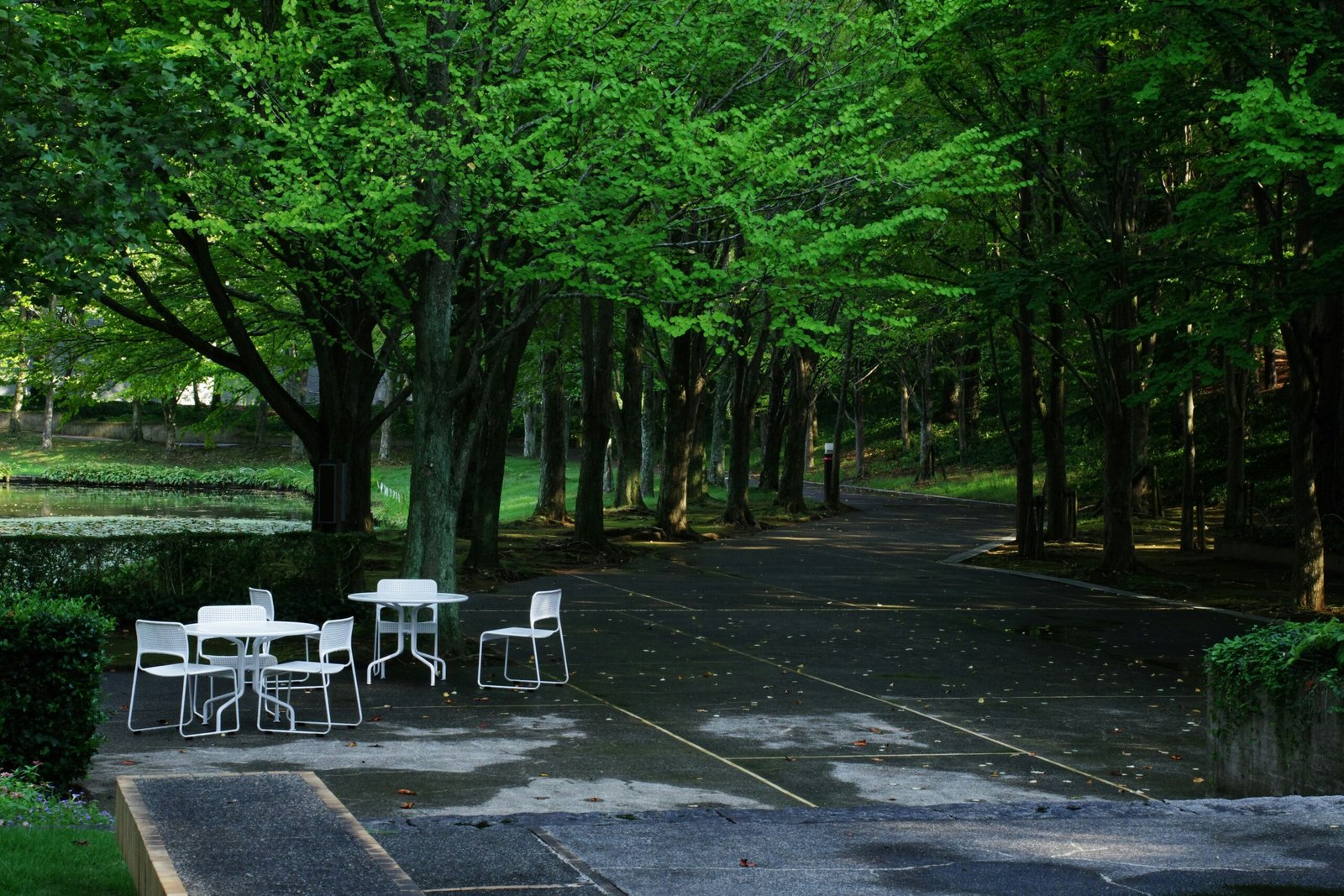
-
Clean Lines and Neutral Palettes
Minimalist interiors often feature clean architectural lines, uncluttered surfaces, and neutral tones like white, gray, beige, or black. The goal is to create visual harmony and allow space to breathe. -
Intentional Living
Every item serves a purpose. From décor to daily-use objects, minimalism emphasizes functionality and meaning over quantity. -
Calm and Spacious Atmosphere
Minimalist spaces are known for their open layouts, allowing natural light and negative space to highlight each carefully chosen piece. -
Quality Over Quantity
Instead of multiple items for every need, minimalists often invest in fewer but better-quality pieces—designed to last and bring joy.
Understanding Maximalism
Maximalism takes the opposite approach, celebrating boldness, abundance, and creative expression. Instead of stripping things down, it embraces layering, patterns, and textures to create visually stimulating and personality-filled environments.
Key Characteristics of Maximalism
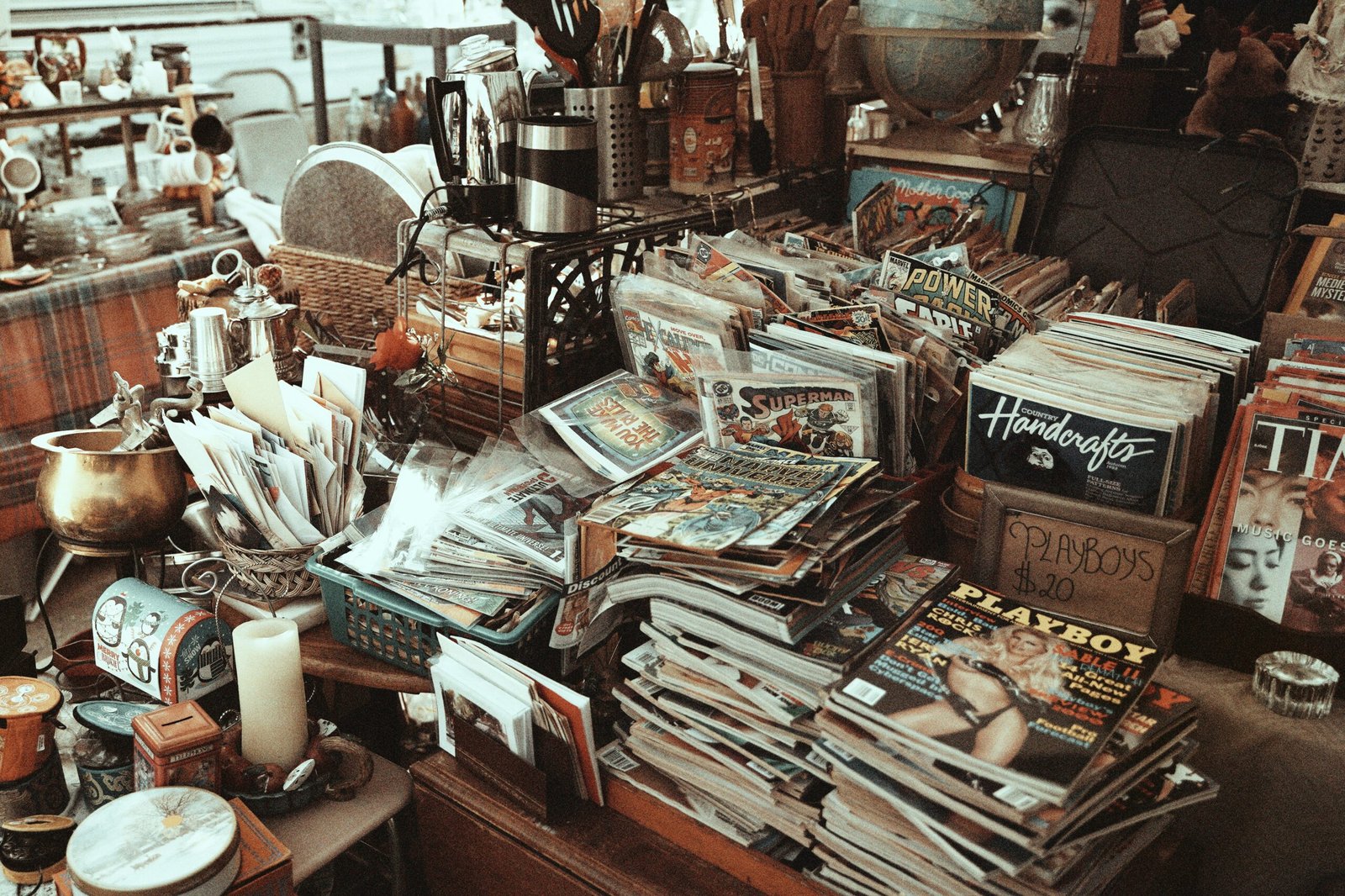
-
Rich Colors and Bold Patterns
Vibrant hues, striking contrasts, and layered patterns define maximalist spaces. It’s about creating drama and energy through design choices. -
Eclectic Collections
Maximalism often reflects personal passions—art collections, vintage finds, books, or statement décor—blending them to tell a story. -
Creative Freedom
There are no strict rules. Mixing modern with vintage, floral with geometric, or luxury with rustic creates an imaginative and playful aesthetic. -
Emphasis on Personal Expression
Maximalism is deeply personal. Every piece adds to the narrative, whether it’s a travel souvenir, an antique, or a bold statement piece.
Which Suits You Best?
Choosing between minimalism and maximalism depends on your personality, lifestyle, and environment. Here are a few factors to consider:
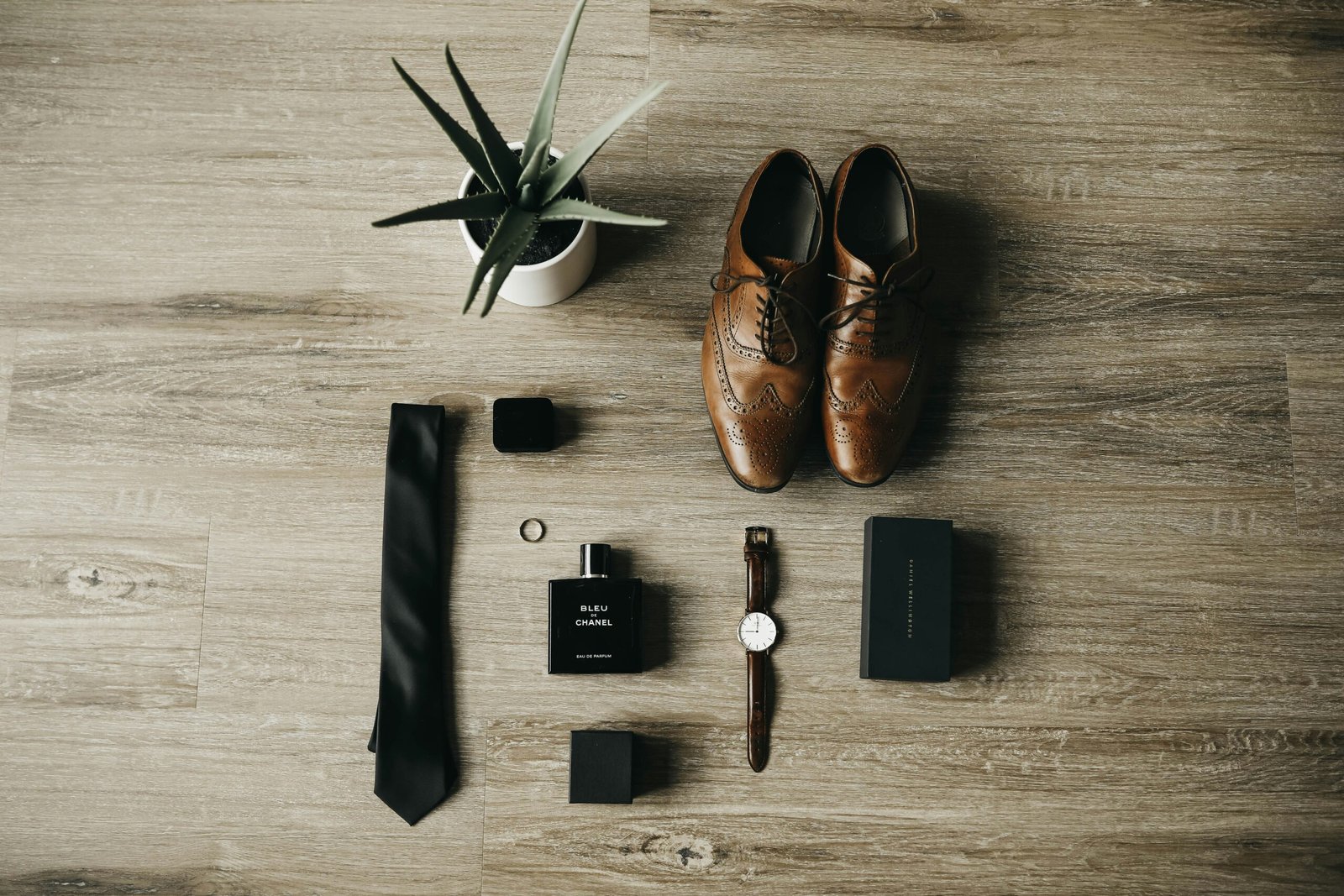
1. Your Lifestyle
-
Minimalism may appeal if you value organization, simplicity, and a serene environment that helps you focus.
-
Maximalism may resonate if you enjoy being surrounded by art, patterns, and objects that inspire creativity.
2. Your Personality
-
Do you feel relaxed in calm, open spaces? Minimalism may be your natural fit.
-
Do you feel energized by visual stimulation and variety? Maximalism might be your style.
3. Your Living Space
-
Minimalism works well in smaller homes or apartments, creating a sense of openness.
-
Maximalism thrives in larger spaces where collections and bold designs can shine.
4. Emotional Connection
-
Minimalism fosters peace of mind by reducing visual and mental clutter.
-
Maximalism provides comfort and joy through the presence of beloved and meaningful items.
Can You Mix Both?
Interestingly, many people find themselves drawn to aspects of both styles. A “minimalist-maximalist hybrid” approach allows for clean spaces with curated, expressive touches. Think of a minimalist living room with a vibrant art wall or a bold patterned rug. This balance keeps the calmness of minimalism while adding personality through selective maximalist elements.
Minimalism in Everyday Life
Minimalism goes beyond interior design—it influences lifestyle choices too. Many people adopt minimalism in:
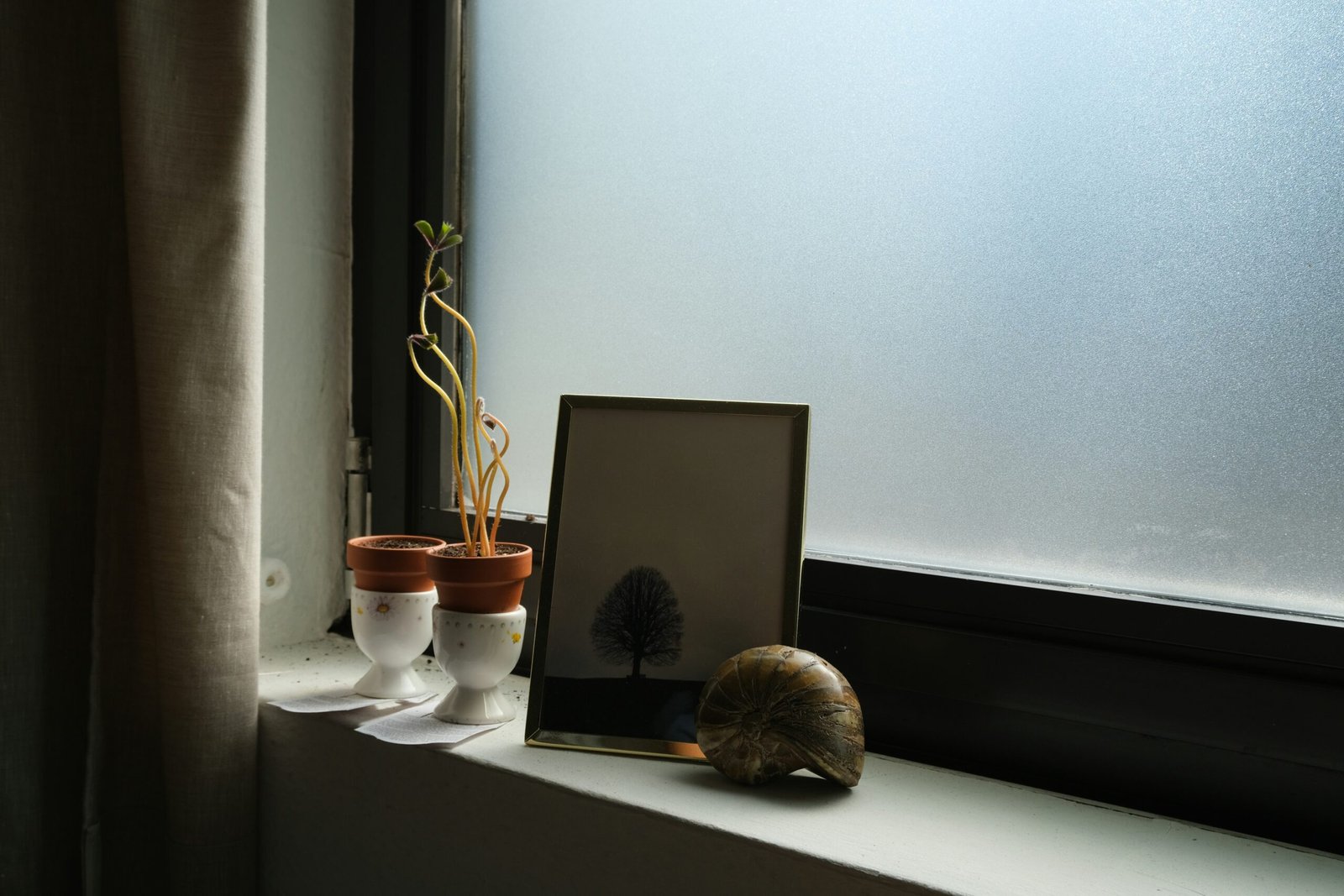
-
Fashion – Capsule wardrobes with versatile, timeless pieces.
-
Technology – Streamlined gadgets with multifunctional uses.
-
Mindset – Prioritizing experiences and mental clarity over material possessions.
Maximalism in Everyday Life
Maximalism also extends beyond home décor. It shows up in:
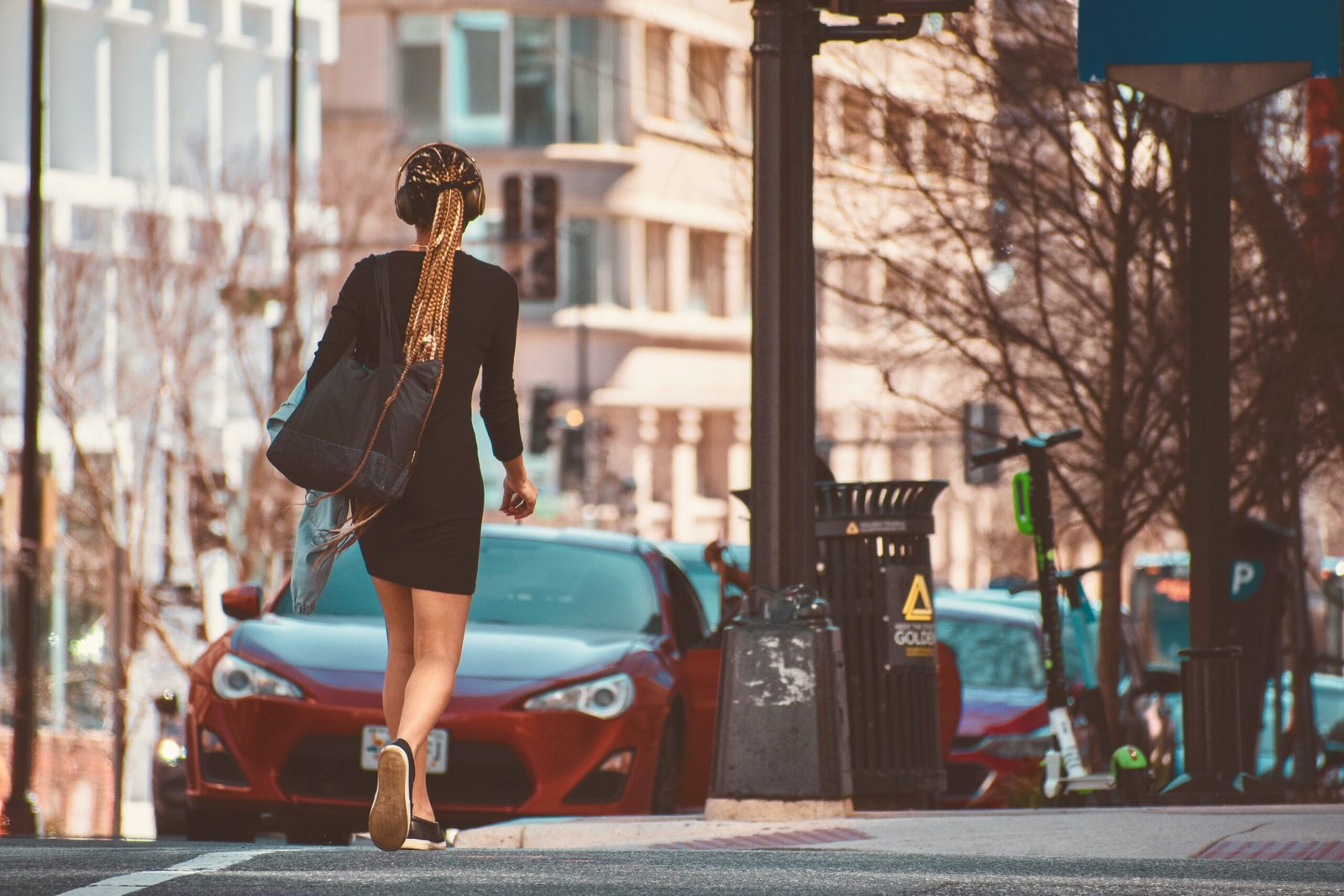
-
Personal Style – Layered outfits, bold prints, and unique accessories.
-
Creative Hobbies – Art, collecting, or DIY projects that embrace abundance.
-
Entertaining – Vibrant dinnerware, themed gatherings, and lavish décor for events.
Why the Debate Matters
Choosing between minimalism and maximalism isn’t just about design—it’s about how people want to live. Both styles reflect deeper values:
-
Minimalism appeals to those seeking mindfulness, simplicity, and intentionality.
-
Maximalism attracts those who embrace creativity, storytelling, and visual richness.
This awareness helps individuals make choices aligned with their emotional and practical needs rather than following trends blindly.
Practical Tips to Explore Both
For Minimalism Enthusiasts
-
Start with decluttering—remove items that no longer serve a purpose.
-
Choose neutral tones and natural textures to create a calming palette.
-
Invest in versatile pieces that can transition between rooms or uses.
For Maximalism Lovers
-
Begin with one focal area—a gallery wall, a patterned rug, or a colorful sofa.
-
Layer textures like velvet, silk, and wood to add depth.
-
Use color to create a cohesive yet lively theme.
The Final Question: Which One Feels Like Home?
Ultimately, the best style is the one that feels authentic. Minimalism and maximalism aren’t rigid categories—they’re starting points for self-expression. Whether you’re drawn to the serenity of empty space or the joy of abundant design, the key is to create a space that feels inspiring and comforting every day.
Conclusion
Minimalism and maximalism both offer unique paths to expressing personal style and shaping everyday life. Minimalism brings clarity, focus, and calm, while maximalism delivers energy, creativity, and vibrancy. Some people even combine elements of both to create a balanced environment that suits their changing moods and lifestyles.